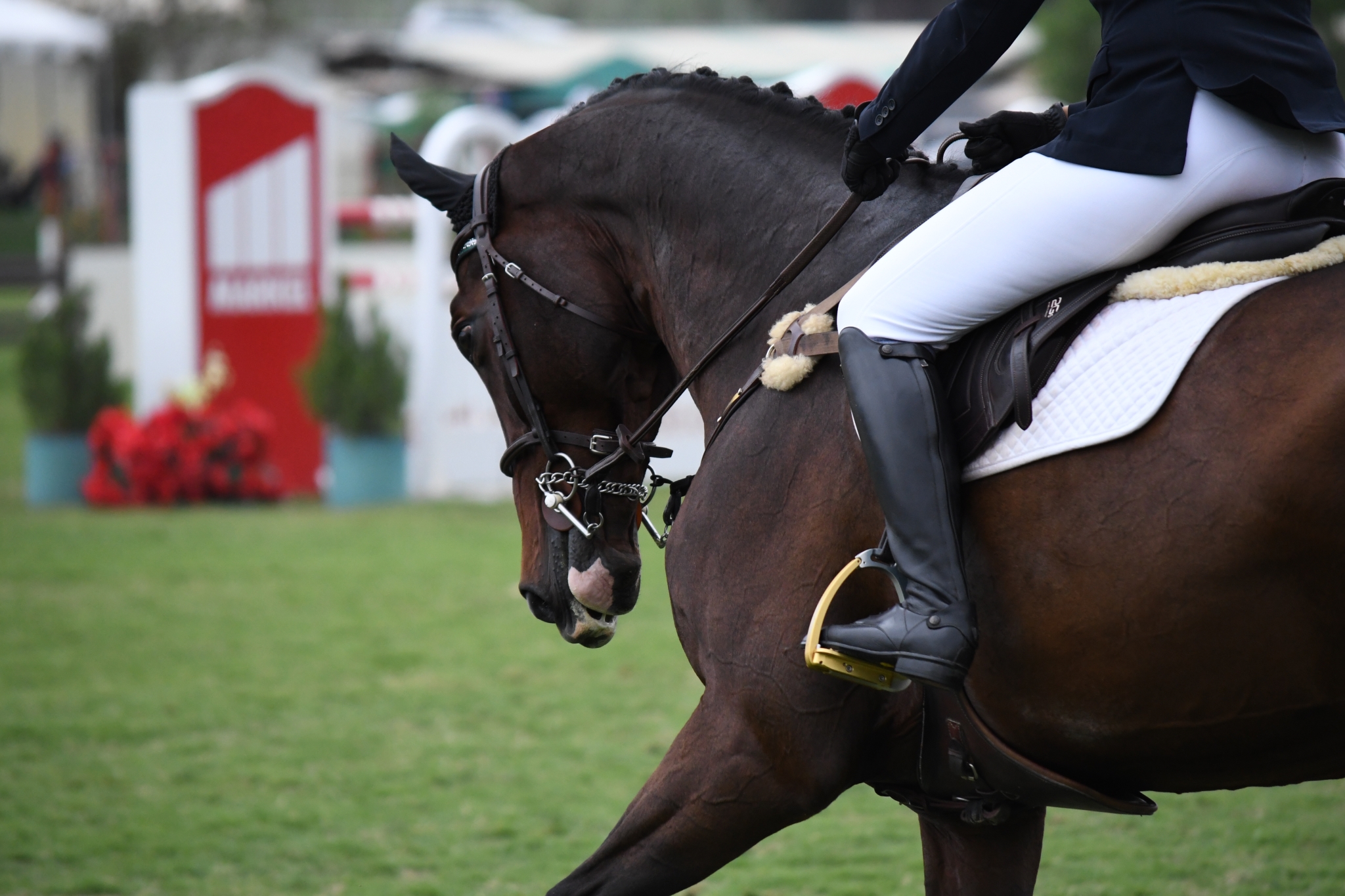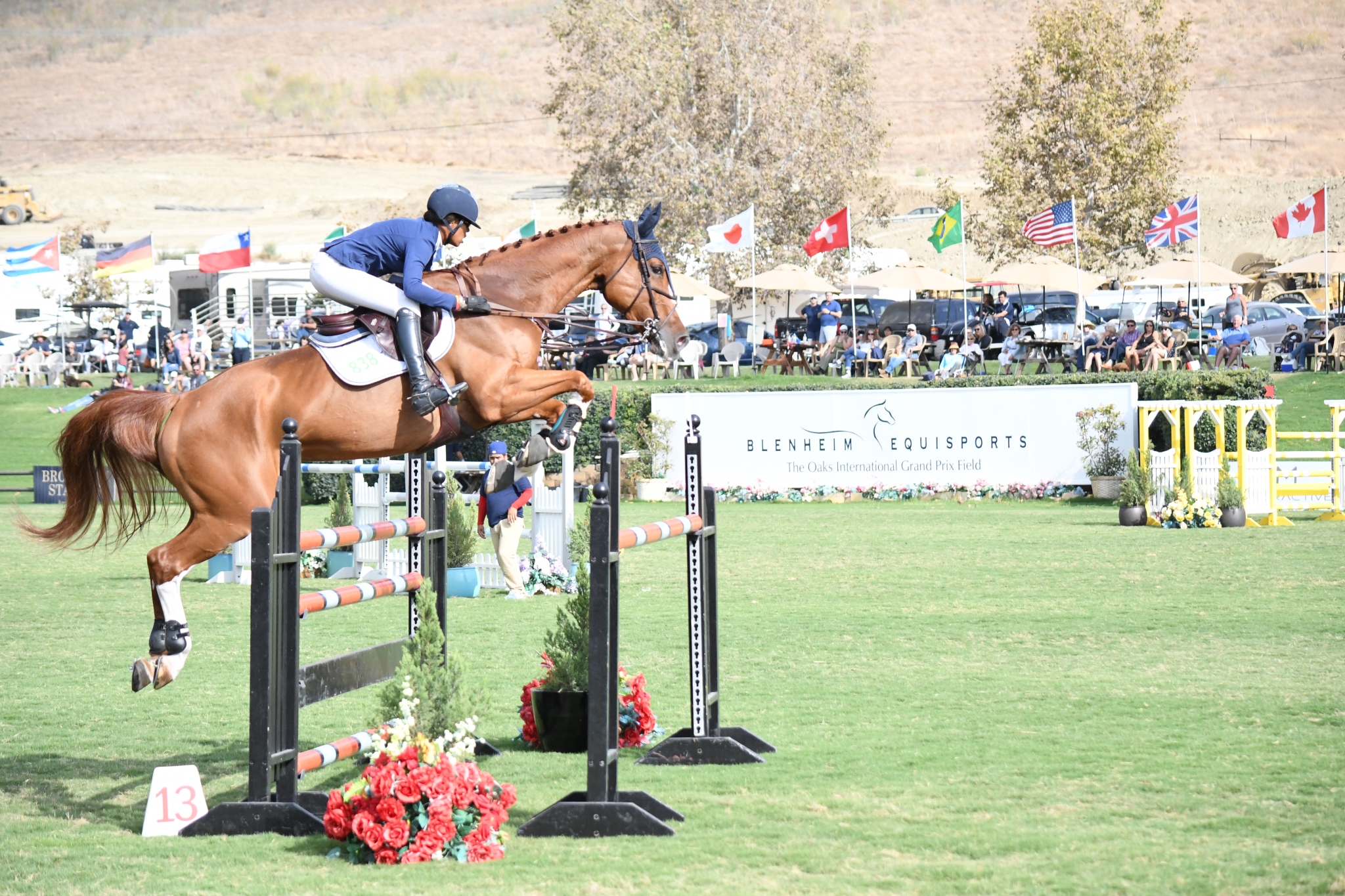When it comes to pre-purchase exams, there is no way to tread lightly on the subject. As the owner of a sale barn, I spend more of my time and energy on pre-purchase exams then I do on anything else when dealing with the sale of a horse. I think it is fair to guesstimate that 60-70% of PPEs result in a sale after all is said and done.
I think it is safe to say that the equine industry, as a whole, has grown more and more particular about PPEs and what findings that are considered acceptable. While I personally believe PPEs are important, I also know that they are not an insurance policy on the future soundness of any horse. With that in mind, I think it is important to look at each PPE objectively and not just write a horse off due to a blip on any one test.

Photo by Alissa King / JN
Flexion Tests
I am not a veterinarian, but I believe there are many grey areas when it comes to flexion exams. For example, how can you accurately know the amount of pressure being applied to the joint? I’m aware there is lameness scale set forth by the American Association of Equine Pracitioners where veterinarians rate the horse as a one through four based the severity of the lameness presented, but ultimately it comes down to what that particular vet sees and what they think it should be graded as. I am a firm believer that if you were to flex my leg for 30 seconds with enough pressure, I will for sure limp away for a few steps as well.
According to the American Association of Equine Practitioners, I am not the only one with these concerns.
“While forelimb flexion tests are quite commonly performed, veterinarians have not agreed on the optimum duration of the test. Studies have been done in which the duration of the test has varied from 30 seconds to three minutes. Devices have been devised to measure the force applied during the test, but these are not widely used in practice, so there’s no consistency.
In 1997, a study involving 50 horses was conducted to determine the effects that force of the test may have on the result. The study suggested that reliance on forelimb flexion tests for a diagnosis of impending lameness or other problems may not be reasonable. The study also indicated that a positive response to the test did not correlate well with other indicators, such as x-rays of the lower limb, no could any correlation be made with lameness that occurred in the 60 days after the test was performed.”
I know several people who will not move onto x-rays if flexions come up positive; however, I believe that you can’t see the big picture without pairing x-rays with flexions.
 Photo by Alissa King / JN
Photo by Alissa King / JN
X-Rays
In my experience, the sale of a horse usually comes down to any abnormalities found on X-rays. However, as with any part of the PPE, the x-rays can only tell you so much. I’ve seen many horses have perfect x-rays and be chronically lame or, on the flip side, I have seen horses have terrible x-rays and be perfectly sound.
X-rays, of course, are super important as they let you know what each horse might bring to the table in terms of previous injuries. I have found that very few horses will have a flawless set of x-rays. As a buyer, you need to evaluate your budget and the desired use of the horse you intend to purchase when looking at a set of x-rays. A horse with perfect x-rays can hurt themselves in the pasture, and a horse with osselets or an old fracture on the splint bone can go on to be happy in a new career. Work closely with your vet and your trainer to determine if any findings on the x-rays are truly going to be career-limiting for your intended use of the horse. Some of the best horses, especially for lower level careers, may come with an old injury and minor maintenance.
When I have a horse for sale, I attempt to always have upfront x-rays for the potential buyer to view before they even try the horse. This usually saves all parties a lot of time and money. Not all sellers follow this best practice, however, so you will need to determine what areas you do and don’t want to x-ray during your PPE. Depending on your vet, x-rays can get pretty pricey.

Photo by Alissa King / JN
The Big Picture
We as horse professionals need to be looking at the bigger picture when dealing with PPEs. We all know there are NO guarantees when buying a horse. Anything can happen at any time. No matter how great a horse x-rays or how clean their flexion tests are, it can hurt itself or develop a chronic lameness. Is the horse happy and sound to do its job? Has it already had a long successful career? Is it priced appropriately for any findings on a PPE? Is it maintenance I can live with? These are all valid questions when dealing with findings on a PPE.
These are living, breathing animals that come with imperfections. These imperfections can be minor or major, depending on the horse’s career path. It seems that everyone is leery of purchasing a horse if it is advertised as needing “maintenance.” However, maintenance is part of every top athlete, and horses are no different.
If you are horse shopping and you feel you do not have a solid understanding as to what is acceptable on a PPE for a horse of a certain age or a particular use, then I highly recommend that seek the guidance of a professional. Having an unbiased party who is experienced with horse sales can be very useful. A qualified professional can help you determine if a particular horse is qualified to do the job you are needing it to do. One thing I stress to all my buyers is that while the PPE results are important, they are only one piece of the puzzle.
